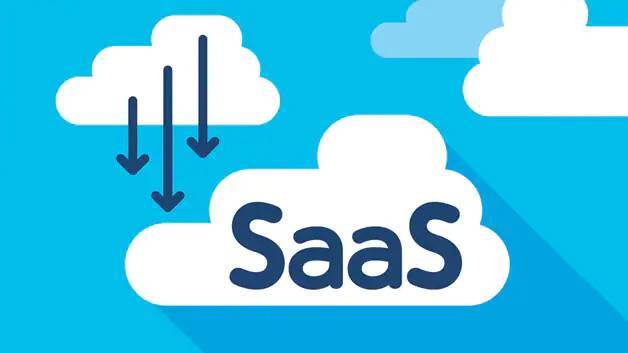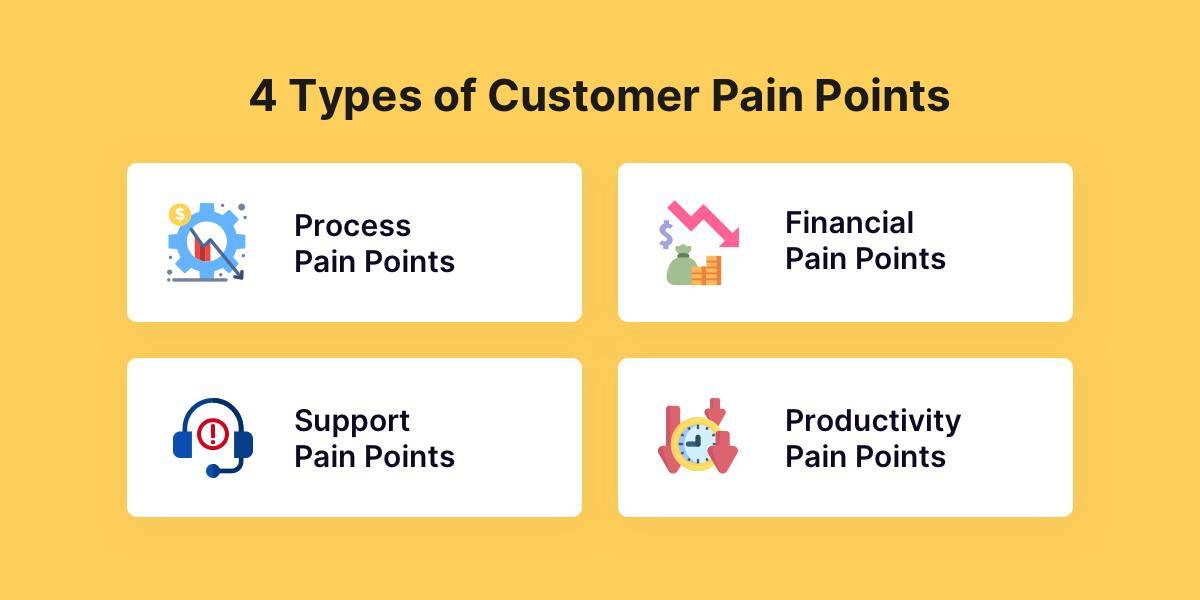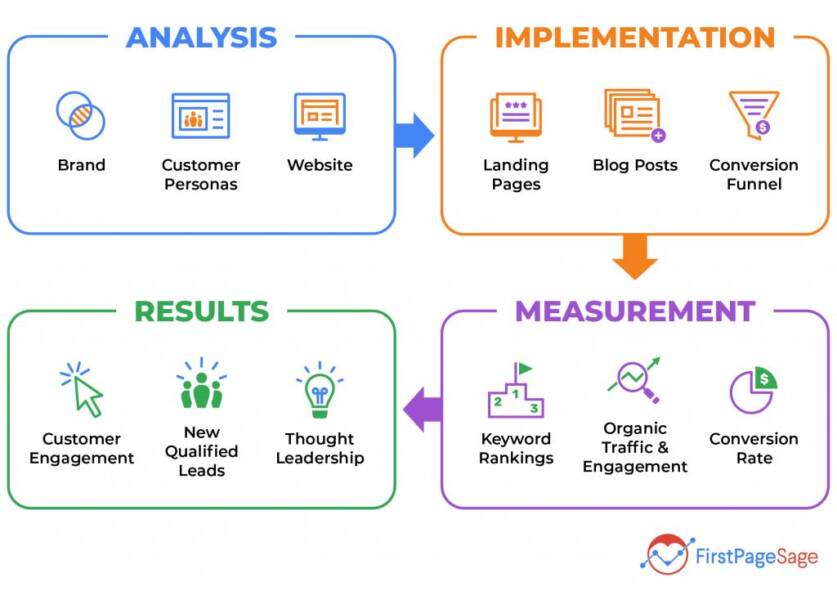Are you happy with your content marketing efforts? Is your content driving qualified leads for your SaaS business?
If so, you’re among thousands of SaaS businesses.
Believe it or not! Content marketing is a straightforward concept – but it takes deeper insights and great strategies to make it work and witness a surge in your marketing numbers.
Before exploring content marketing tips, let’s understand how content marketing for SaaS brands is different from traditional businesses.
How is content marketing for SaaS brands different from others?
Unlike a retail or finance business that uses content marketing to get a sale, SaaS brands use content marketing to acquire demo subscriptions and trial subscriptions.
What’s the need for SaaS content marketing?
With the SaaS space getting increasingly competitive, it’s no longer their feature of software that differentiates a SaaS brand; it’s the content, branding, and positioning that decides which software your customer chooses. Also, content marketing for SaaS is not limited to attracting new subscriptions. They use content to engage actively and retain existing customers. Why?
All SaaS businesses operate on a recurring revenue basis. To prevent churn rates and avoid customers switching to a competitor’s brand, content marketing is more than necessary for these businesses.
Now, let’s learn about SaaS content marketing tips to implement in your upcoming marketing strategies.
5 SaaS Content Marketing Tips You Must Try
Follow these content marketing tips:
1. Go where your customer is
While the primary goal of content marketing is to create compelling content, don’t create content for its sake or because your competitors are doing so.
Before you waste your time establishing yourself on TikTok or Instagram or creating lengthy and creative blog posts, try to find out where your target audiences read and consume your content.
Finding answers to the following questions can save you from the hard work of establishing a brand on a platform that your users don’t prefer.
- Do your customers read, watch or listen to your content?
- Which social media channel do your customers engage with?
- What type of content do they prefer? Educational, aspirational, or entertaining?
Getting to know and understand your customers should be the first step in your SaaS content marketing. Conduct your research, survey existing customers, and do some trial and error to nail this aspect.
2. Identify pain points of your customers
After understanding your audience and the type of content they consume, proceed to identify the pain points that trigger your target audience to make a purchase.
The best way to understand your customer’s pain point is to create a customer journey map.
Such a map helps you understand your customers’ experience as they go through your SaaS funnel channel. Usually, every customer goes through the following process:
- Reading and becoming aware of your SaaS product
- Visiting your official website to explore more about your product
- Signing up for a free trial or requesting a demo
- Liking all the features and converting to a long-term paying customer
- Expanding the use of your product by subscribing to plans offering additional features
- Renewing their subscription or buying a new license
However, at each step, your customers are likely to have some bottlenecks that can delay your association with them. For instance, they may find it challenging to navigate through your website, or they may face technical issues while using your product.
These pain points could frustrate a customer, and they switch to companies offering similar SaaS products.
Identifying these pain points and creating content around it will help your customers go through a seamless experience.
So, incorporate these pain points into your content development, to see a surge in customer happiness and satisfaction.
3. Implement an SEO strategy
A well-written editorial content doesn’t yield the desired results if the search engine doesn’t rank them or find them.
While keywords can help you achieve online exposure and ranking to some extent, focus on writing for a human audience. Old SEO strategies like ‘keyword stuffing’ and content that includes a keyword but lacks substance or information no longer work.
Today, search engines are programmed in a way that they can easily pick up these tactics and could block your content. So, focus on SEO strategies like topic or pillar cluster model for sustainable and long-term growth.
Even on-page SEO optimization is likely to yield desired results for your SaaS business. Some key elements of on-page SEO optimization are:
- Optimize image elements: Try to include alt tags and image tags for every image.
- Optimize text elements: Use meta description, title tags, URLs, and meta keywords.
- Optimize headers: Incorporate headers in your blogs or articles because no one likes reading large blocks of content. Headers make your content scannable and easy to comprehend for readers.
To build a strong SEO strategy and ensure your content delivers top-notch value to your readers, focus on using the services of brands like Skale. The brand can ‘scale’ your business and ensure your SaaS product witnesses an increase in product signup, MRR, and activation.
From technical SEO auditing to keyword research and content planning, Skale takes care of everything.
4. Repurpose your content
With the number of blog posts increasing every second, the market for SaaS content is highly competitive. Creating new and engaging content is the door to success. However, don’t overlook the power of repurposing your existing content in a quest to create new content.
You don’t always have to create new content to drive traffic and generate leads. You can repurpose your existing long-form blogs into smaller posts or convert them into a video tutorial.
Focus on optimizing your existing blogs by refreshing the content and making it relevant for today. This helps maintain the SEO authority of your existing content while telling the search engines that your content isn’t out-of-date.
Updating content also means changing references to old statistics mentioned in your blog. For instance, after COVID-19 created havoc worldwide, business-related statistics have mostly seen a changing trend. It’s essential to update these statistics to make your content look fresh and compelling.
You can also focus on rewriting content with a specific industry spin. For instance, if customers are facing a particular issue in a specific vertical, you can rewrite the existing content piece separately for each vertical.
The idea of upcycling and repurposing content goes a long way in building content authority and reaching your target audience.
5. Create a promotional strategy
While creating content is not easy, promoting your SaaS content is even more difficult. As rightly said by Derek Halpern, marketers should spend 20% of their time on content creation and 80% of their time on content promotion.
From using email sequences to PPC ads to social media, you can promote your content in various ways. For instance, usually, SaaS companies use an email sequence to engage their new demo or trial users. These emails help in educating your users and provide customers with reasons to continue using your product.
If you offer a subscription of 14-days, you may send one email upon sign up and another one to explain ways to use your product. Share one of your content pieces on day 16 or 20, or 25th day to promote your SaaS content. This can help you ensure customers don’t miss out on content you produce.
Platforms like Facebook, Google, and YouTube are great places to kickstart your PPC campaign. For those who have a reasonable budget, you can focus on using pay-per-click-ads to increase your content’s reach further. You can even focus on active and engaged social media platforms to promote your content and ensure you reach your audience.
However, don’t focus on all social media platforms to promote your content. Use the one where your audience is. You can even partner with some famous influencers in your niche to reach a much larger audience. This helps in building a social proof of your content.
If you’re feeling overwhelmed with these strategies, think about the easiest and the most effective strategy to elevate the reach of your content.
Conclusion
Content marketing for a SaaS company presents many characteristics that you should consider when planning to implement your content marketing strategy.
While content marketing is not that complicated, you can first start by implementing these five strategies to see how your content gains traction among your target audience.
Today, SaaS content marketing is a powerful tool your team can leverage to convert and educate your customers. These five strategies work wonderfully well; it only takes a lot of patience to taste success.
Furthermore, once you start seeing success, don’t be overwhelmed because SaaS content marketing is a long-term and consistent work to establish a solid positioning for your business.
Stay focussed and remain dedicated because your hard work is likely to speak to your audience. That said – it’s a process, and you will need to continually refine it based on what’s working and what’s not.
So, it’s time to roll up your sleeves to win the trust of your audience and see an increase in your marketing numbers.
Which strategies are you planning to use for your content marketing?
Please share your thoughts with us!
TechnologyHQ is a platform about business insights, tech, 4IR, digital transformation, AI, Blockchain, Cybersecurity, and social media for businesses.
We manage social media groups with more than 200,000 members with almost 100% engagement.













































